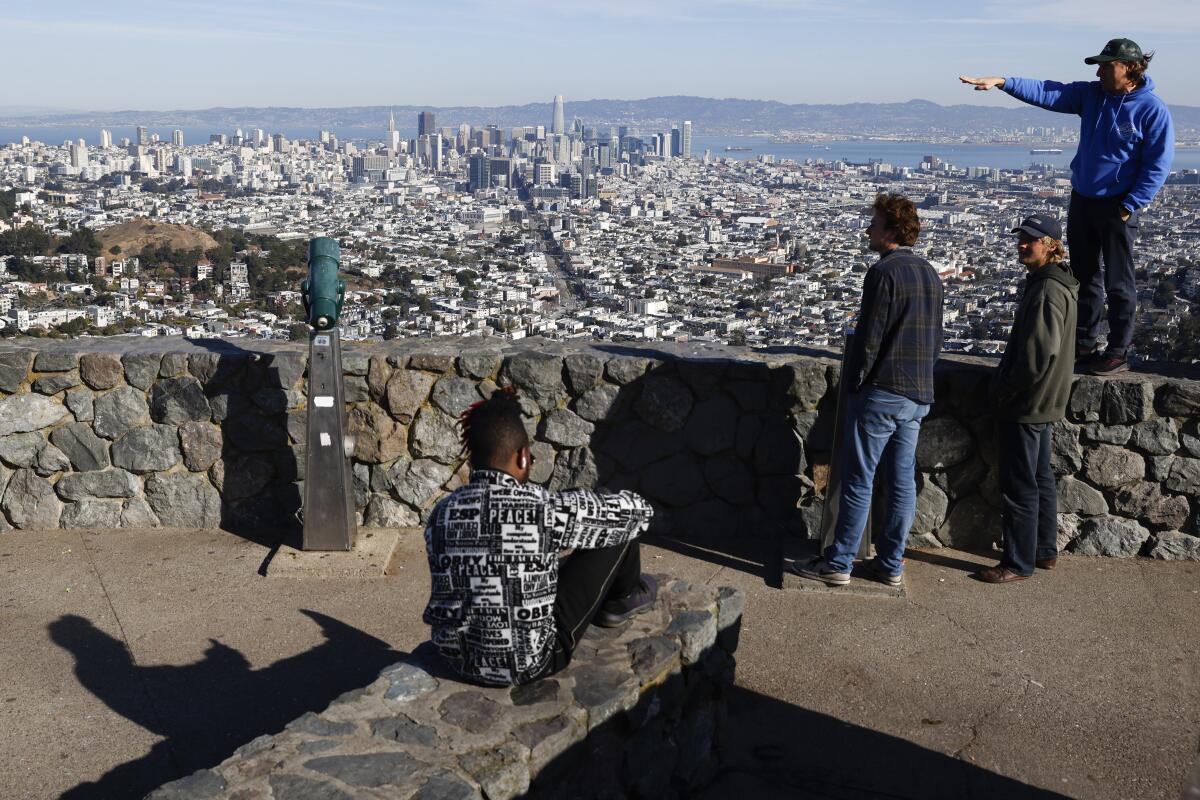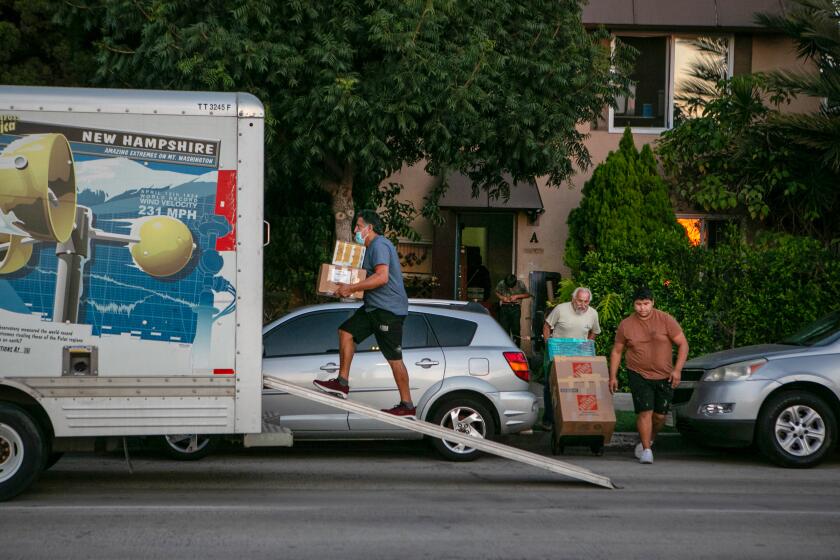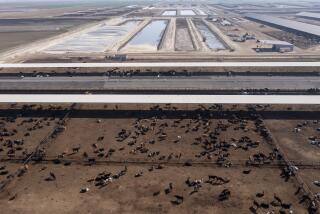Census Bureau raises the bar on the definition of ‘urban’ in America

More than 1,100 cities, towns and villages in the U.S. lost their status as urban areas on Thursday as the U.S. Census Bureau released a new list of places considered urban based on revised criteria.
Around 4.2 million residents of 1,140 small cities, hamlets, towns and villages that lost their urban designation were bumped into the rural category. The new criteria raised the population threshold to be classified as urban from 2,500 to 5,000 people, and added the number of housing units to the definition.
The change matters because rural and urban areas often qualify for different types of federal funding for transportation, housing, healthcare, education and agriculture. The federal government doesn’t have a standard definition of urban or rural, but the Census Bureau’s definition is often used as a baseline.
“The whole thing about urban and rural is all about money,” said Mary Craigle, bureau chief for Montana’s Research and Information Services. “Places that qualify as urban are eligible for transportation dollars that rural areas aren’t, and then rural areas are eligible for dollars that urban areas are not.”
This year’s change is the Census Bureau’s biggest modification in decades to the definition of an urban area. The bureau adjusts the definition every decade after a census to address any changes or the needs of policymakers and researchers. The bureau says it makes the changes for statistical purposes and has no control over how government agencies use the definitions to distribute funding.
There were 2,646 urban areas in the mainland U.S., Puerto Rico and U.S. islands on the new list released Thursday. Among them were three dozen new urban areas that were rural a decade ago.
Los Angeles lost more residents than any other county in the nation during the first year of the COVID-19 pandemic, new census data show.
“This change in definition is a big deal and a substantial change from the Census Bureau’s longstanding procedures,” said Kenneth Johnson, a senior demographer at the University of New Hampshire. “It has significant implications both for policy and for researchers.”
Under the old criteria, an urbanized area needed to have at least 50,000 residents. An urban cluster was defined as having at least 2,500 people, a threshold that had been around since 1910. Under this definition, almost 81% of the U.S. was considered urban and 19% rural over the last decade.
Under the new definition, hammered out after the 2020 census, the minimum population required for an area to be considered urban doubled to 5,000 people. The Census Bureau had proposed raising the threshold to 10,000 people, but pulled back amid opposition. The new criteria for urban areas shift the urban-rural ratio slightly, to 79.6%-20.4%.
However, the 2020 census missed an unexpectedly small percentage of the total U.S. population given the unprecedented challenges it faced.
In 1910, a town with 2,500 residents had a lot more goods and services than a town that size does today, “and these new definitions acknowledge that,” said Michael Cline, North Carolina’s state demographer.
With the new criteria, the distinction between an urbanized area and an urban cluster has been eliminated, since the Census Bureau determined there was little difference in economic activities between communities larger and smaller than 50,000 residents.
Of the 50 states, California was the most urban, with 94.2% of its population living in areas meeting the definition. Vermont was the most rural, with almost 65% of its population residing in rural areas.
For the first time, the Census Bureau is adding housing units to the definition of an urban area. A place can be considered urban if it has at least 2,000 housing units, based on the calculation that the average household has 2.5 people.
Among the beneficiaries of using housing instead of people are resort towns in ski or beach destinations, or other places with lots of vacation homes, since they can qualify as urban based on the number of homes instead of the full-time resident population.
The U.S. Census Bureau is requesting millions of dollars to study how best to ask about sexual orientation and gender identity.
“There are many seasonal communities in North Carolina, and this change in definition to housing units may be helpful in acknowledging that these areas are built up with roads, housing, and for at least one part of the year, host many thousands of people,” Cline said.
Housing, instead of population, is also going to be used to calculate density measures of census blocks — the building blocks of urban areas, which typically have several hundred people. The Census Bureau said using housing units instead of population will allow it to track population changes in fast-growing areas in between the once-a-decade censuses.
But there’s another reason for switching to housing units instead of population: the Census Bureau’s controversial new tool for protecting the privacy of participants in its head counts and surveys. The method adds intentional errors to data to obscure the identity of any given participant, and it is most noticeable in the smallest areas, such as census blocks.
“The block-level data aren’t really reliable, and this provides them an opportunity for the density threshold they picked to be on par with the population,” said Eric Guthrie, a senior demographer in the Minnesota State Demographic Center.
More to Read
Sign up for Essential California
The most important California stories and recommendations in your inbox every morning.
You may occasionally receive promotional content from the Los Angeles Times.













